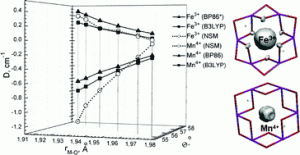This week I attended the 15th International Conference on Biological Inorganic Chemistry (ICBIC), organised under the auspices of the Society of Biological Inorganic Chemistry.
This was my fourth ICBIC, and as I have been before at previous meetings, I was very impressed with both the quality of the science presented, and the breadth of science covered. There were too many session headings to list here (the full programme can be found on the conference website), but to give an idea of the breadth of biological inorganic chemistry presented, the different sessions covered therapeutics (treatments for malaria, cancer and Alzheimer’s); enzymes (nitrogenase, oxygenase, peroxidase); trafficking (Cu, Ni, Fe); imaging; sensing; bioorganometallic chemistry; and metallomics – with all this great chemistry to cover, the conference spanned 6 days. Sadly, I was only able to attend the first half of the conference.
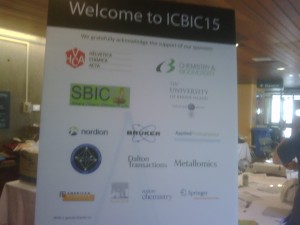 I knew to expect a warm welcome for delegates at this conference: the biological inorganic chemistry community is very friendly and welcoming. However, we were also blessed to be welcomed by perfect weather in the beautiful city of Vancouver. We could not have wished for a better location for the meeting – I had heard some very good things about Vancouver, but the reality surpassed the imagination!
I knew to expect a warm welcome for delegates at this conference: the biological inorganic chemistry community is very friendly and welcoming. However, we were also blessed to be welcomed by perfect weather in the beautiful city of Vancouver. We could not have wished for a better location for the meeting – I had heard some very good things about Vancouver, but the reality surpassed the imagination!
With about 700 delegates, ICBIC15 was busy enough to have a buzz about it, but not too busy to feel anonymous (and to ensure everyone could have one of the great cakes served during the morning coffee break – I noticed that I am not the only one with a weakness for cinnamon buns).
The organisers had made a conscious decision to open up the presentations, by having a larger number of contributed talks than there has been in recent ICBICs. This seemed to have worked very well, as it helped to encourage a good number of talks by early career members of the community. While it is always a pleasure to listen to more established chemists, there is something particularly special about hearing from those who are just starting to build their scientific presence and reputation.
The first ICBIC was held 35 years ago, and to celebrate, a number of Jade Anniversary lectures were given by Harry Gray, Ed Solomon, Ken Raymond, Jan Reedijk and David Garner, to name but a few. The Jade speakers had the significant challenge of covering 35 years of chemistry in 20-30 minutes, but they were all up to the challenge!
The organising committee, in particular Chris Orvig, are to be congratulated for selecting an exciting programme of scientific talks and social events for us all to enjoy, and Sheri and Alison for ensuring all worked well behind the scenes for the week. Everything ran smoothly and seemingly effortlessly, a sure sign of excellent organisation.
You know when you have attended a good conference when you feel reluctant to leave and say goodbye, to the friends who you saw again and to those you met for the first time. 2013 seems too long to wait for the next ICBIC… ICBIC16 will be held 14-19 July 2013 in Grenoble, France.
Where you also at ICBIC15? What was your favourite part of the meeting? Tell us about your own ICBIC experience by posting a comment below…..
Comments Off on Jamie Humphrey reports from ICBIC 15
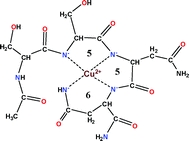











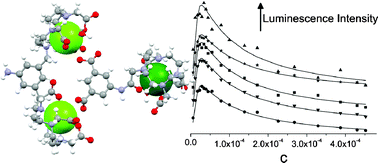 In this HOT article, Faulkner and co-workers describe the self-assembly between di-carboxylate ions and a binuclear europium compound and some stable adducts and heterometallic lanthanide complexes. The synthetic approach may shed light on the design and synthesis of other new lanthanide architectures by spatial matching the interactions between two kinetically stable complexes or by well designed building blocks.
In this HOT article, Faulkner and co-workers describe the self-assembly between di-carboxylate ions and a binuclear europium compound and some stable adducts and heterometallic lanthanide complexes. The synthetic approach may shed light on the design and synthesis of other new lanthanide architectures by spatial matching the interactions between two kinetically stable complexes or by well designed building blocks.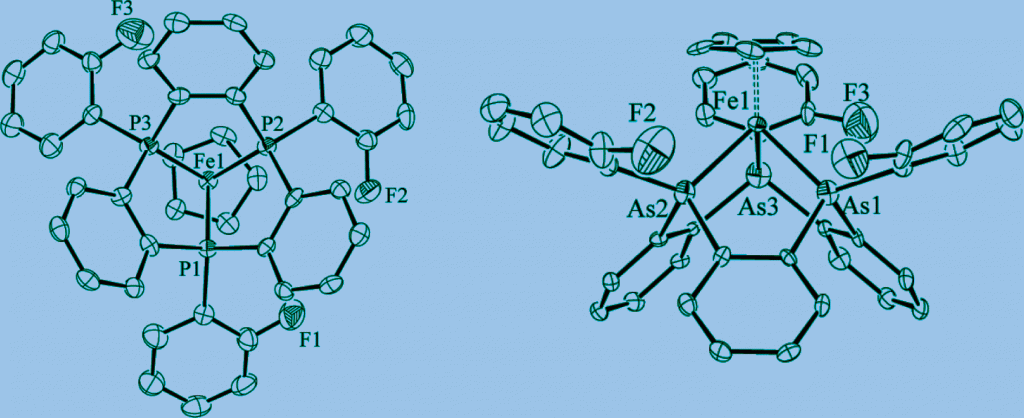
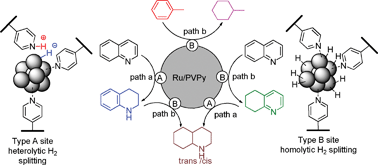 A new system, using a solid state catalyst, to remove impurities from petroleum has been developed by US scientists.
A new system, using a solid state catalyst, to remove impurities from petroleum has been developed by US scientists.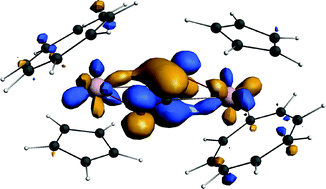 Read this Dalton Transactions Hot article to find out about how uranium can reductively couple carbon monoxide, an interesting reaction in Fischer-Tropsch chemistry.
Read this Dalton Transactions Hot article to find out about how uranium can reductively couple carbon monoxide, an interesting reaction in Fischer-Tropsch chemistry.

 Read Leonard Lindoy’s latest supramolecular host-guest formation research in this Dalton Transactions Hot article.
Read Leonard Lindoy’s latest supramolecular host-guest formation research in this Dalton Transactions Hot article.